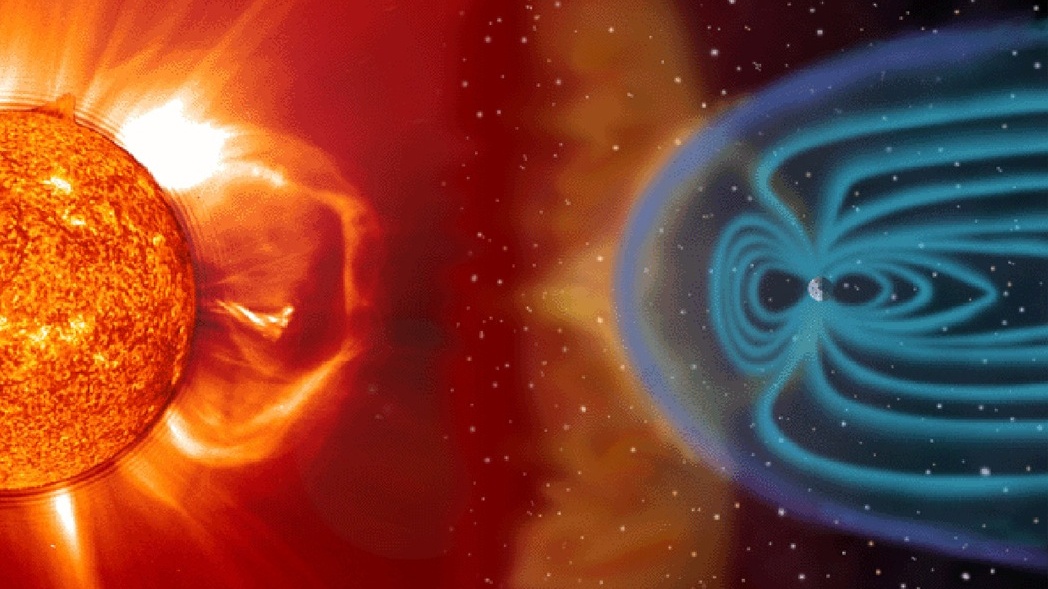
Earth’s atmosphere pulses in sync with the sun’s fiery outbursts, according to new research, indicating that our planet is more sensitive to solar activity than previously thought.
Solar flares — sudden, intense eruptions of energy from the sun — are already known for their dramatic effects on our planet: dazzling auroras, disruptions to radio communications, GPS interference, and, in extreme cases, power grid failures. And now, a new study has found these explosive events also stir a charged layer of Earth‘s upper atmosphere called the ionosphere in more subtle, yet profound, ways.
“We’ve been able to show, for the very first time, that the sun’s flare pulsations and Earth’s atmosphere were pulsing in sync during a solar flare,” study lead author Aisling O’Hare of the Queen’s University Belfast in the U.K. said in a statement. “This study sheds new light on how deeply their effects are felt on Earth.”
To arrive at this finding, the team studied a powerful X5.4 solar flare from March 2012, which was spawned by a large, superactive cluster of sunspots on the sun’s surface. Data gathered by NASA’s Solar Dynamics Observatory and the GOES-15 satellite during the event revealed the flare emitted rhythmic bursts of energy approximately every 90 seconds. These bursts, known to scientists as Quasi-Periodic Pulsations (QPPs), are thought to be caused by recurring magnetic activity in the sun’s atmosphere.
By analyzing GPS data from a network of satellites and ground stations, O’Hare and her colleagues detected corresponding pulses in Earth’s ionosphere — peaks in the concentration of electrons — just 30 seconds after the flare. Scientists attribute this time delay to the ionosphere’s inherent “sluggishness,” a term used to describe the time it takes for the atmosphere to adjust and fully react to solar changes.
This synchronization between solar activity and Earth’s atmospheric response underscores just how quickly space weather can impact our planet. The findings suggest that significant disruptions to technology — such as communication systems and GPS — could begin mere moments after a solar flare erupts, according to the statement.
“It has been fascinating leading the study as we’ve been able to reveal just how sensitive our atmosphere is to the solar flares,” O’Hare said in the statement.
This research is described in a paper published April 28 in the journal JGR Space Physics.



